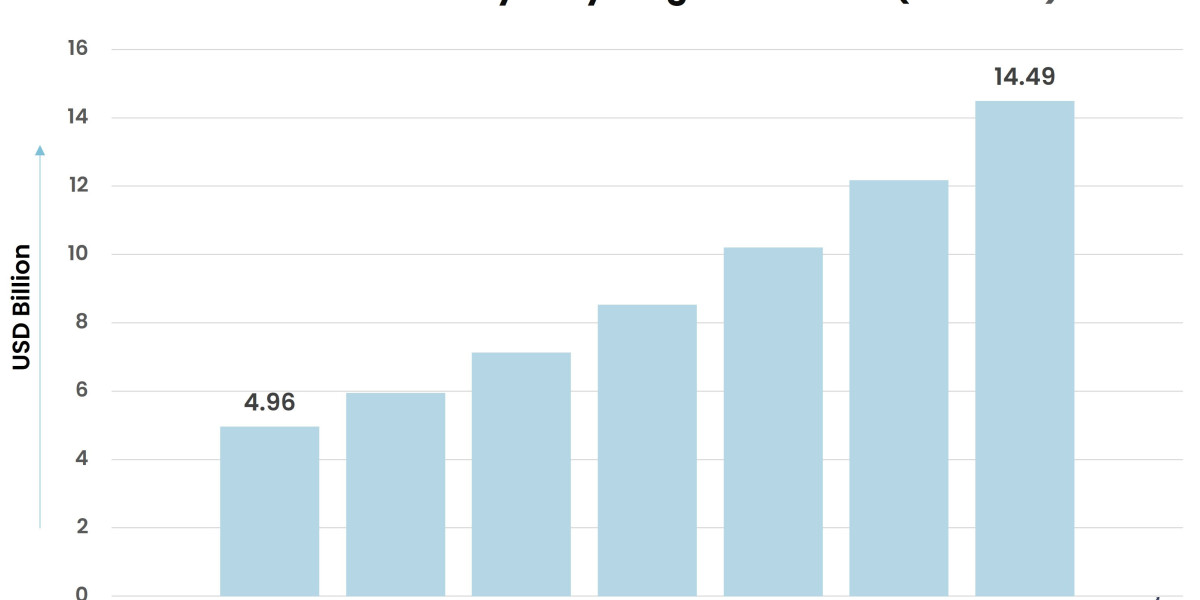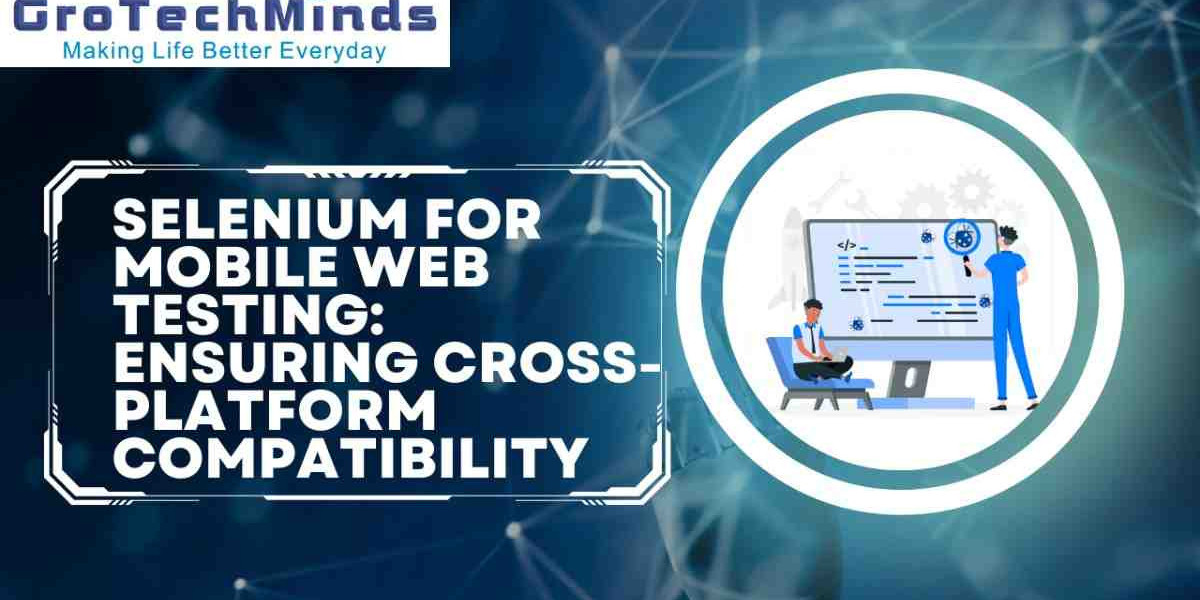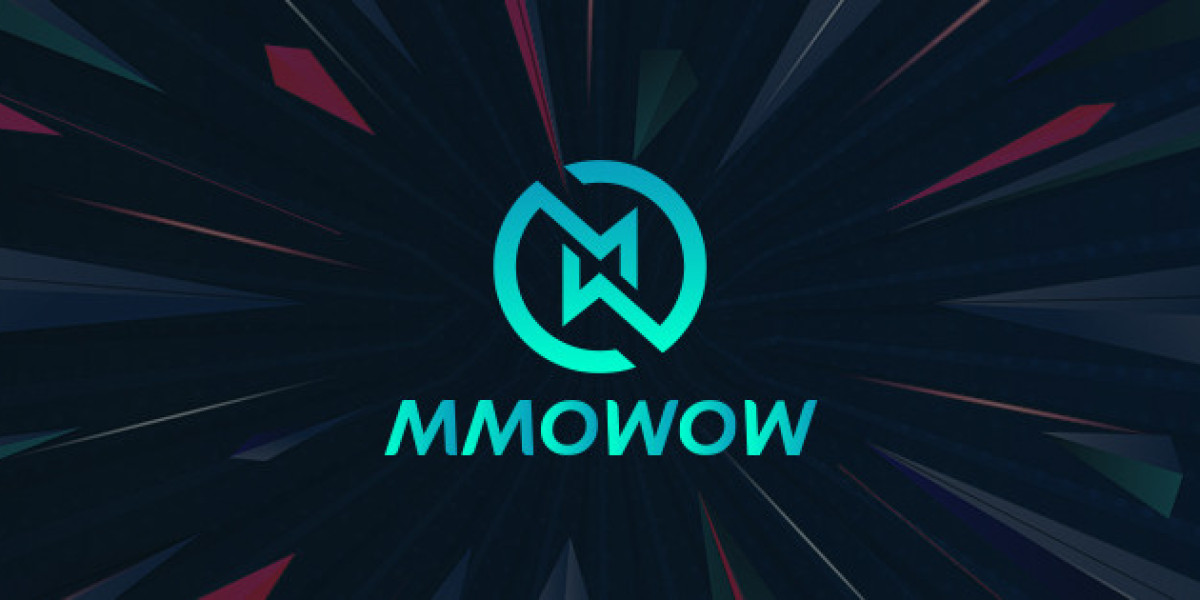The lithium-ion battery recycling industry faces a complex array of challenges and opportunities as it evolves to meet the demands of a rapidly growing market. Lithium-ion batteries, pivotal in powering everything from smartphones to electric vehicles (EVs), have spurred significant interest in recycling due to their environmental impact and resource value. However, this industry grapples with various obstacles while also unlocking substantial potential for innovation and growth.
According to Stratview Research, the lithium-ion battery recycling market was estimated at USD 4.96 billion in 2022 and is likely to grow at a CAGR of 19.48% during 2023-2028 to reach USD 14.49 billion in 2028.
Challenges
Complexity of Battery Composition: Lithium-ion batteries contain a variety of metals, including lithium, cobalt, nickel, and manganese, each requiring different processing techniques. This complexity makes the recycling process technically challenging and expensive. Efficiently separating these materials while minimizing contamination remains a significant hurdle.
Economic Viability: The cost of recycling lithium-ion batteries can be high compared to the market value of the extracted materials. This economic imbalance is often due to the advanced technology required for efficient processing and the relatively low return on some of the recovered materials. As a result, many recycling operations struggle to maintain profitability.
Infrastructure and Logistics: Establishing and maintaining an effective recycling infrastructure is a major challenge. Battery collection, transportation, and processing require specialized facilities and logistics networks. Inadequate infrastructure can lead to inefficient recycling practices and increased environmental risks.
Regulatory and Safety Issues: Handling and processing lithium-ion batteries involve dealing with hazardous materials, which necessitates strict safety protocols and regulatory compliance. Navigating these regulations can be cumbersome and costly for recycling facilities.
Opportunities
Technological Advancements: Innovations in recycling technologies, such as hydrometallurgical and direct recycling methods, present opportunities to improve efficiency and reduce costs. Companies investing in research and development can potentially revolutionize the recycling process and enhance the economic viability of battery recycling.
Increasing Demand for Recycled Materials: The growing demand for critical metals like cobalt and lithium, driven by the expansion of EVs and renewable energy storage, creates a lucrative market for recycled materials. This demand incentivizes the development of more effective and cost-efficient recycling technologies.
Government Support and Regulations: Governments worldwide are implementing regulations and incentives to promote recycling and reduce e-waste. Policies that support battery recycling through subsidies, grants, or mandatory recycling programs can create favorable conditions for industry growth.
Circular Economy Integration: The shift towards a circular economy, where products and materials are continuously reused and recycled, aligns well with lithium-ion battery recycling. Integrating recycling practices into the production cycle can lead to sustainable resource management and reduced environmental impact.
In conclusion, while the lithium-ion battery recycling industry faces several challenges, the opportunities for growth and innovation are substantial. Addressing these challenges through technological advancements, supportive policies, and strategic investments can drive the industry towards a more sustainable and economically viable future.



